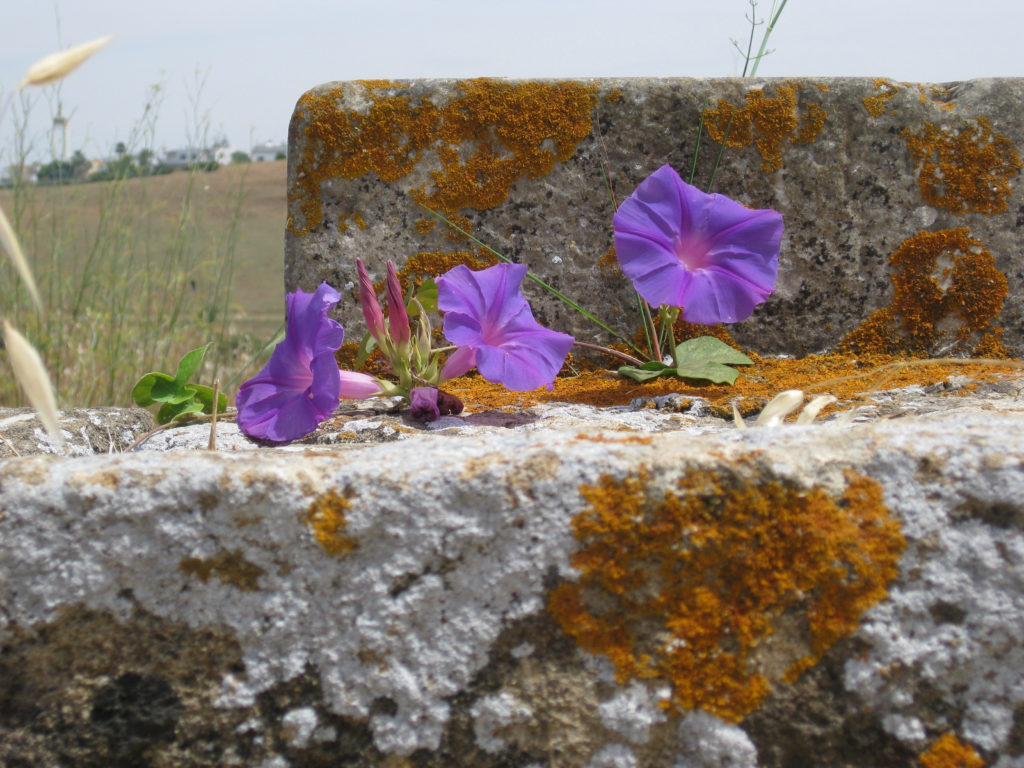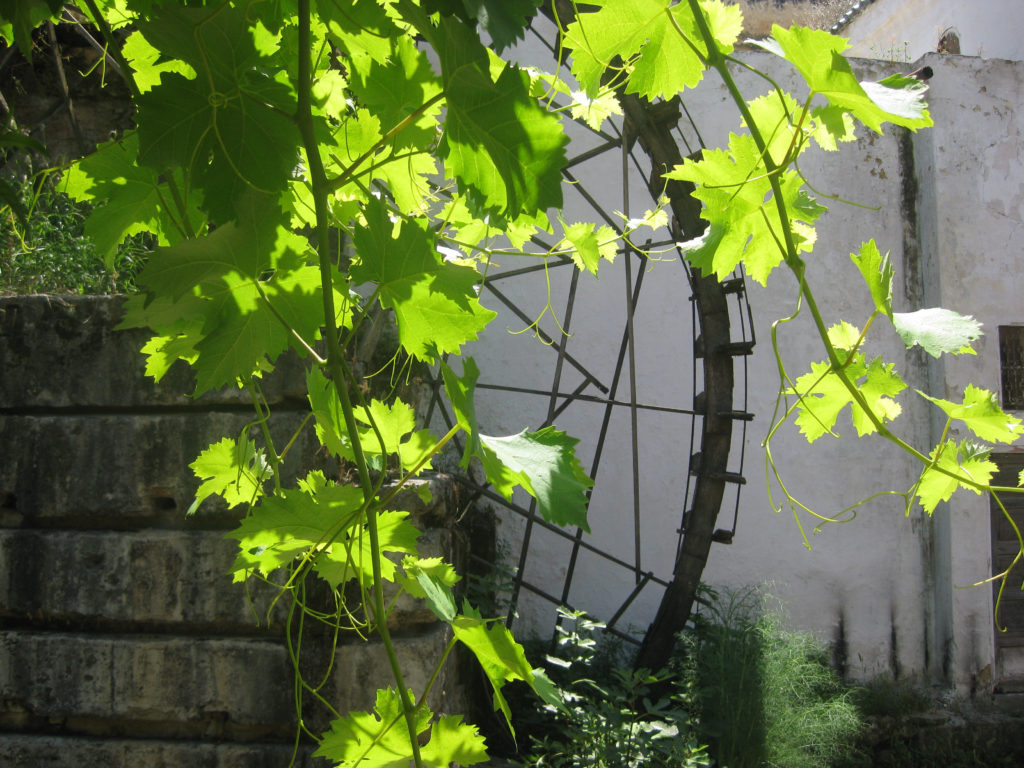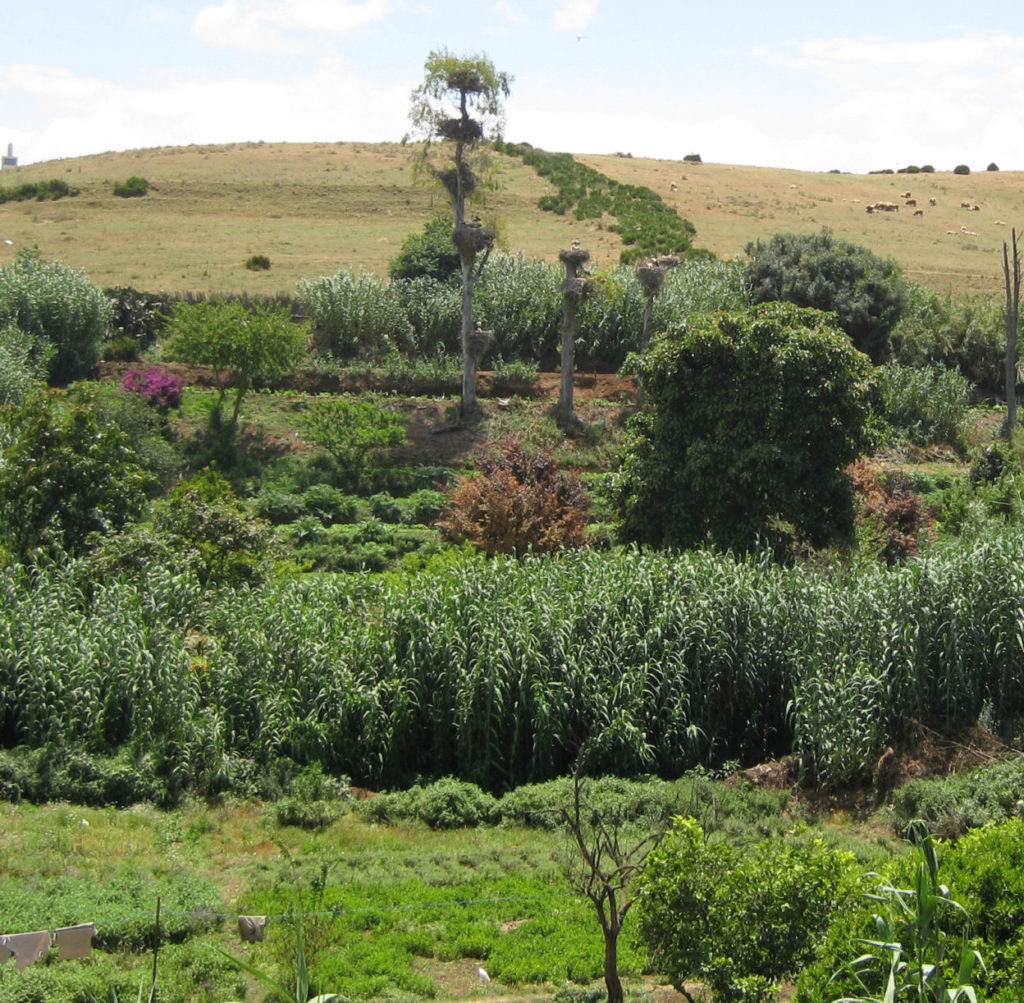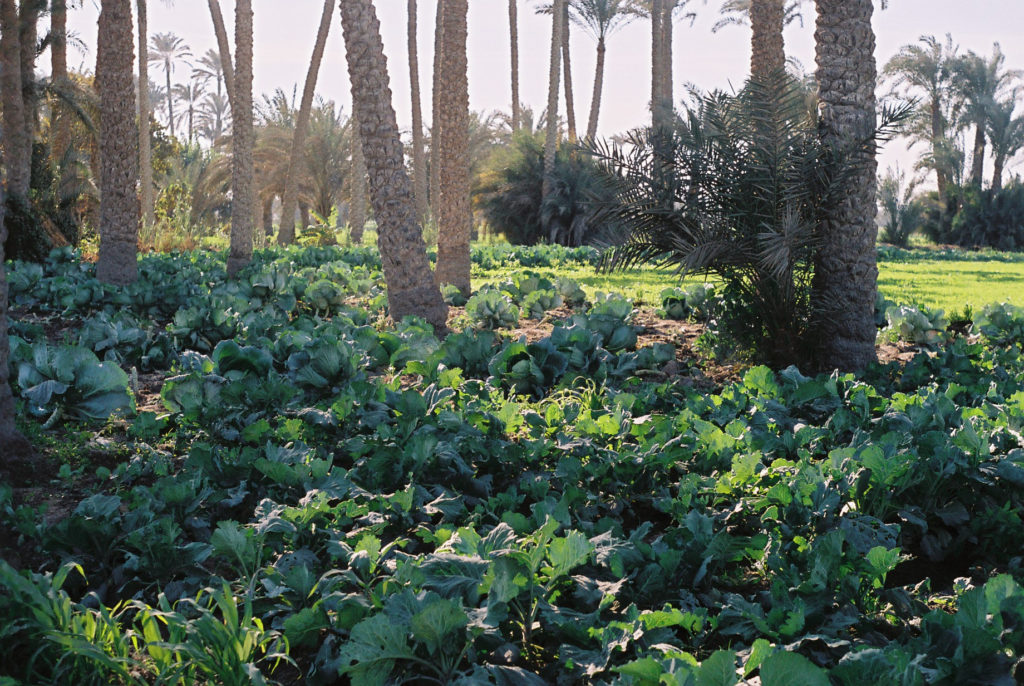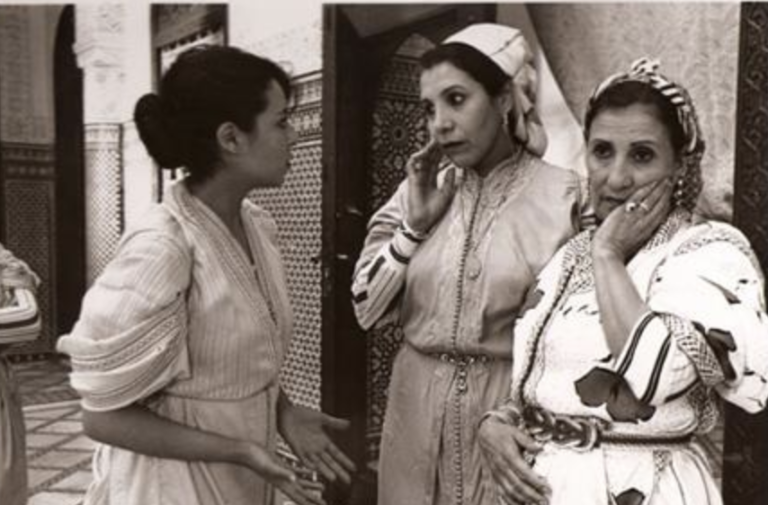Together this Spring
One touch of nature makes the whole world kin.
– William Shakespeare
This past year, like the quote above, made the whole world kin in terms of our common experience of hardship. In the United States, the pandemic period has included movement toward and away from inclusivity of diversity. As the number of vaccines increases and public locations begin opening again, I revisit two examples of spring festivals in the MENA region. Together they demonstrate how our experience of nature unites us across social divisions.
Here in Rhode Island, as flowers appear, I remember spring in Egypt (in 2005) and in Morocco (in 2011). In Egypt, Sham El-Nassim (شمّ النسيم ‘the smelling of the breeze’) falls on Easter Monday, the day after Orthodox Easter Sunday (Monday May 3rd this year). Everyone goes outside to get some air, share food, and appreciate the new life spring brings after the cold of winter. The history of this spring picnic is said to begin in ancient times, including the traditional foods of fish and eggs. Today Sham El-Nassim continues to bring people together, in the process uniting Christians and Muslims, and rich and poor (and historically Jews as well – see here). In 2005, my American housemate and I joined an Egyptian family for a picnic at the Cairo Zoo. We wandered among the animals and then found a grassy area for lunch, the children playing and all of us making jokes, enjoying being outside in the warmer weather and being together.
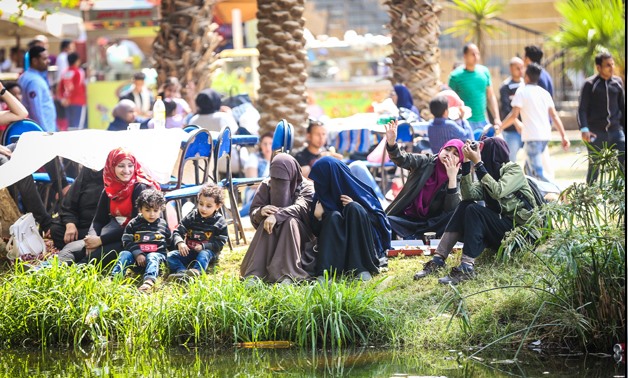
In 2011, I was conducting fieldwork on malhun poetry in Morocco. I arrived just after noon at the nuzhat al-malhun (Malhun Picnic) event by Jnan Sabil in Fes on Sunday May 8th. The outdoor space included a stage, tables of food off to one side, chairs, and an open lawn. Children played together on the grass as musicians performed on the stage. Malhun is a genre of sung poetry that spread throughout Morocco beginning at least from the fifteenth century (any earlier is not documented, but also not impossible since it was first and foremost an oral tradition). The songs that day favored love poetry and humor (see Notes below for the songs performed).
After the performance was over, I was shown an old waterwheel nearby, and was told it was from the time of Moulay Abd al-Rahman (about 250 years old). For most Moroccans, malhun represents a key part of the nation’s history. The fans and organizers at this event hold an appreciation for a shared past (real and/or imaginary). The spring picnic custom (nzaha in Moroccan Arabic) has long been important for households in cities such as Fes, Marrakesh, and Meknes. Historically, it offered a special opportunity to leave the confinement of houses. Fatima Mernissi remembers her family’s annual outing to her uncle’s farm outside of the city: “On picnic day, everyone woke up at dawn and buzzed around the courtyard as if it were a religious festival day…We would arrive on the farm in mid-morning, equipped with dozens of carpets and light sofas and khanouns [grills]…Only after sunset would we make the journey back to the house, and the gate would be closed behind us.”
Historically, the spring nuzha season in Morocco also included the Mimouna festival, shared by Jews and Muslims (before the establishment of Israel and the exodus of most of the Jewish population from Morocco and other countries). Mimouna began on the last evening of Passover, in remembrance of the splitting of the Red Sea. Congregants would move from the evening service to visits with the Rabbi’s family, their own parents, their friends and their neighbors. Each family set a table with food. Guests could enter unannounced and receive mint tea, and often engaged couples received fried fish as a wish for fertility. Women wore embroidered caftans and men wore festive clothing according to their region. Jews and Muslims exchanged food, the Muslim receiving matzah and other articles, and the Jew receiving yeast and other articles. The day after Passover, people went to the nearest body of water, in commemoration of the Exodus, and participated in outdoor picnics to conclude the festivities. Mimouna is remembered as a festival that strengthened community values, such as friendship and hospitality. Today it continues in other locations (in Israel and North America, for example), in other forms.
In 2001, while staying in a Berber village in Morocco’s High Atlas Mountains, my Muslim hosts took me to visit the nearby Jewish village. It resembled my host village, with earthen houses, but there were no inhabitants. The village had been a thriving agricultural Jewish Berber community until the newly created state of Israel issued invitations of immigration to Jews. My hosts and older members of nearby villages clearly remembered their neighbors’ unprecedented departure from the area where they had lived for generations. Their puzzlement led me to begin asking questions about the experiences of Jews in Moroccan history. Moroccan cities also attest to a strong Jewish community in Morocco’s past. The economic, social, and political influence wielded by Moroccan Jewish communities appears in small details such as the Star of David featured next to crescent symbols on city gates. Muslim and Jewish families alike escaped to Morocco from the Spanish Reconquista in the 15th century; many retained the keys to their homes in al-Andalus. During the Mimouna festival, “Muslims filled an important role…by providing the first leavened food after the Passover festival, when Jews refrain from such food. The Jewish Mimuna festival thus functionally required the participation of Muslims” (Deshen 22). Wherever you live today, the country you are in has experienced social divisions.
This year is unique, in our lifetime, for the health challenges posed by gathering together. The international pandemic that drives us to socially distance from one another (physically) raises questions about the fabric of community. As Krista Tippett said in a recent episode of On Being, “we need to take in what it has meant, this year, that we became a danger to each other by virtue of our breath.” In remembering how spring brought people together (in person) in the distant past, as well as early springs in our own lives, we have the opportunity to consider our relationship to one another today and what we hope for the future. The joy of spring and the sorrow of the pandemic unite us in a shared experience, even when we are physically apart.
For me, they are a reminder of our common humanity and the importance of helping one another and seeking to understand one another. As I spend my days this spring translating Arabic to English, teaching Arabic to English speakers, and editing the writing of academics (for some of whom English is not a first language) for publication, I am grateful to play a part in this search for common understanding and collaboration for the sake of humanity. We’re in this together.
Notes:
Poems performed: 1) Al-tawassul, a spiritual song of praise and petition by Sidi Qaddur l-Alami; 2) The sarāba / prelude called faSl l-rbī‘ / The Season of Spring); 3) Al-damlīj / The Bracelet, a tale of a search for love. In the last verse, the performer playfully compared the effect of the beloved to “whiskey,” “cognac,” and “champagne”; 4) The saraba called shāyn ktab l-‘ālam / What the Creator Wrote; 5) Malika, named for the recipient of this love song. An interlude included a beautiful mawwāl, with the singer calling out plaintively, yā līlī (literally, “O My Night”), as well as a violin solo.
Sources: Shlomo Deshen (1989) The Mellah Society: Jewish Community Life in Sherifian Morocco. (Chicago: The University of Chicago Press, 22); Fatima Mernissi (1998) Dreams of Trespass: Tales of a Harem Girlhood (Reading, MA: Perseus, 58-59); Krista Tippett, On Being (March 18, 2021) https://onbeing.org/programs/christine-runyan-whats-happening-in-our-nervous-systems/#transcript .

